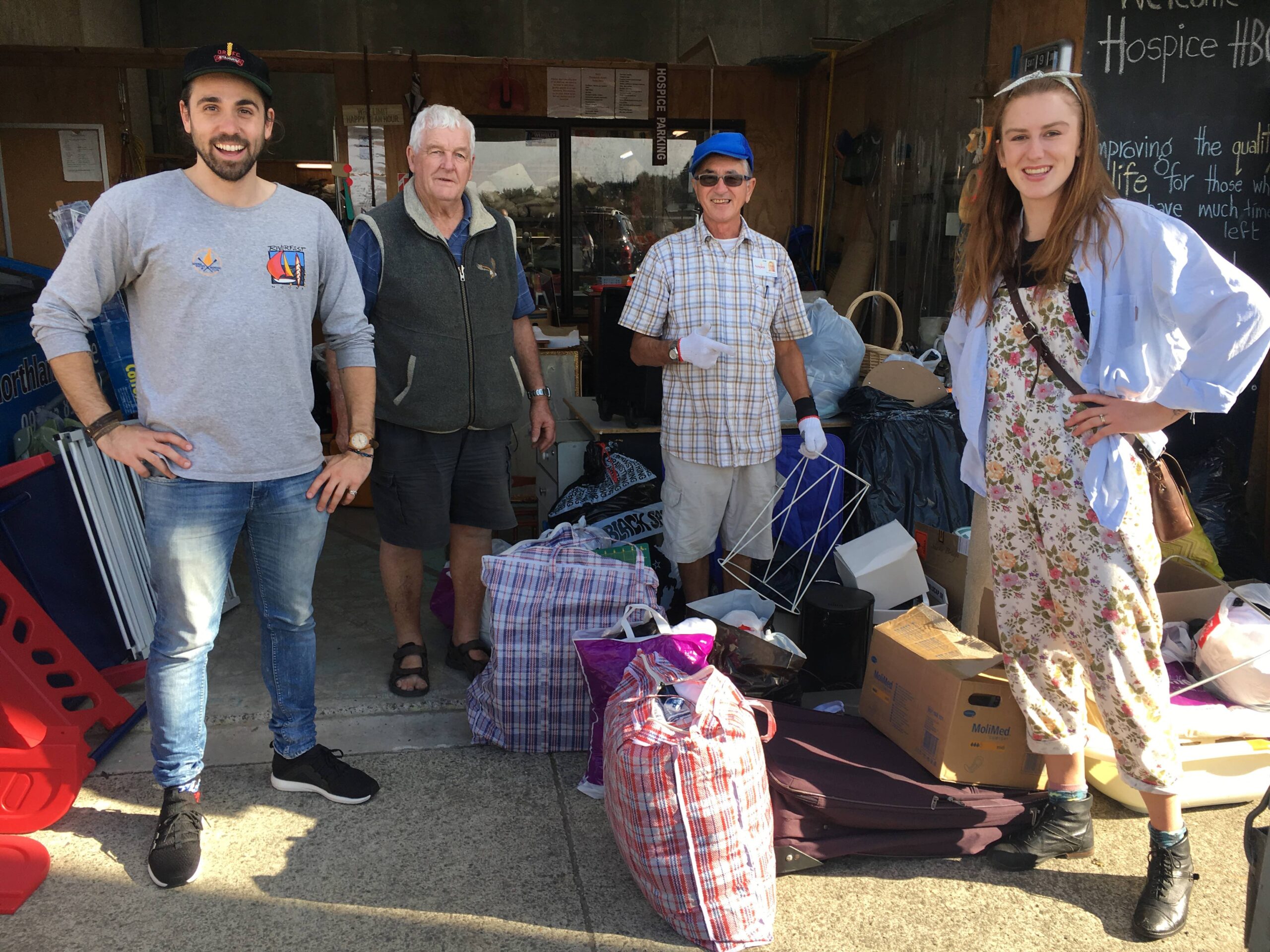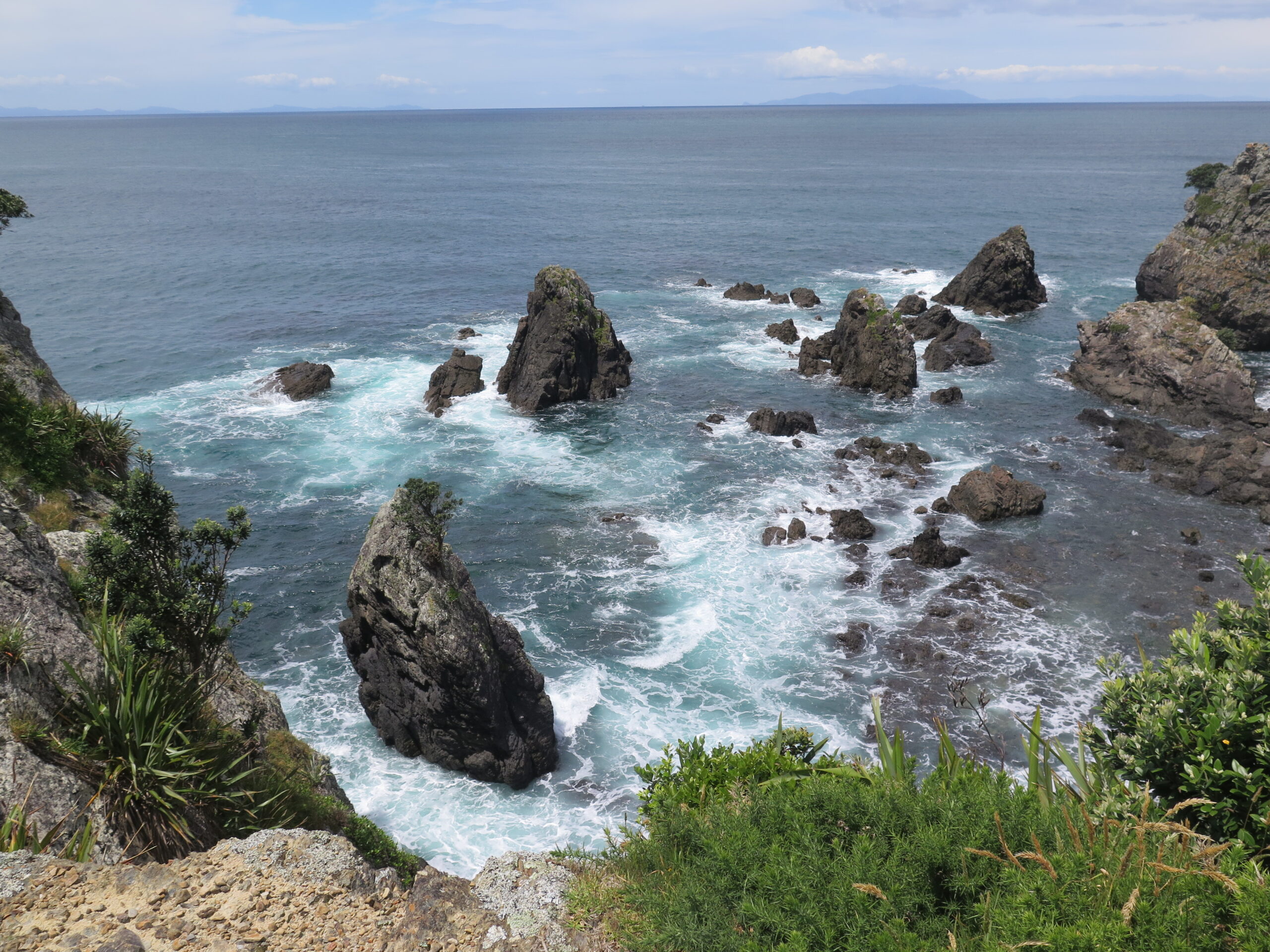Like every good story, when librarian and author Jo Van Dam put pen to paper to write about the largest wētā in the world — the wētāpunga — her idea blossomed from drama to love to purposeful beauty. She sat down with illustrator Laura Rayner to tell Belinda Nash how a fictional love story about “creepy crawlies” evolved into a stunning book that every Kiwi will want.
Beauty lies in the beholder, as does cultural significance. This is what author of T is for Tuatara Jo Van Dam discovered in writing: Wētāpunga: The Biggest Wētā in the World, published by Bateman Books (RRP $22.00).
Jo shivers thinking about her first encounters with wētā, which had been “kindly gifted” to her by her plucky cat. Little did she know, but those moments would become serendipitous, with Jo becoming so charmed by the wonder of the wētā that she was inspired to write her sixth children’s book.
Jo heard that the Department of Conservation (DOC) was relocating Aotearoa New Zealand’s 80-million-year-old endemic giant wētā, the wētāpunga (deinacrida heteracantha), from Little Barrier to the Bay of Islands accompanied by local iwi in their role as kaitiaki, and a new book idea began stirring.
“It started off as a love story,” Jo begins. “I thought, wouldn’t it be cool if some wētāpunga wanted to actually explore these islands. Like two wētāpunga from opposite sides of the island set out on a journey, then saw each other, fell in love and had lots of babies,” she laughs.
Yep, Love Island with wētāpunga.
“I sent it to a couple of publishers, and they said, ‘Yeah, that’s very sweet, but actually, we’d probably be more interested in non fiction’. I also discovered that wētāpunga don’t actually like going on boats — they get seasick — and they don’t like being in the sun,” she smiles.
“But the more I found out about our endangered wētāpunga, the more I thought this actually is an important book.”



Jo connected with Don McFarlane, Auckland Zoo ectotherm curator and lead in the wētāpunga breed-for-release programme, and former Zoo educator, illustrator Laura Rayner. Jo and Laura, who both worked at the same school, quickly realised that there’s lots about the wētāpunga for kids to get excited about. As Don McFarlane told Nine to Noon: “They’re tiny, when they hatch; a luminous green like little aliens. Very extraterrestrial.”
The Zoo supplied intricate close-up photos of the wētāpunga, but the pair needed a narrative to connect the wētāpunga to the hearts and minds of Kiwi whānau; to make a story about our indigenous creepy crawlies extraordinary.
“Jo said, ‘Wouldn’t it be great if it was children telling the story, like a brother and sister having a conversation’,” says Laura. “Kids learn by relating things to themselves. If they’re laughing, they’re learning.
“If they’re having a conversation about hanging upside down, shedding a skeleton that sits on the outside of their body — like that’s crazy — then they can relate and realise how wonderful it is.
“They start thinking about this potentially ugly, scary creature, but by the end they’re excited about the amazing things it can do, and think, ‘We want to help save it’.”
“That’s how they become superheroes,” says Jo, adding that, “When books are busy, especially non fiction books, you want to have something hiding; something they have to find. So we thought, why don’t we add a wētāpunga hiding on each page?”
“I thought that was an ingenious idea,” Laura agrees. And while most of us would baulk at drawing the six spikey-legged wētāpunga, Laura — who wanted to tick illustrating a book off her bucket list — leapt at the idea of drawing the complex critter.
Bugging Out
Each fact in Wētāpunga: The Biggest Wētā in the World was carefully chosen to surprise and delight. Like that female adult wētāpunga can weigh as much as a mouse — or as the book explains, “about as much as 65 jellybeans” — and that their ears are beneath the knees of their front legs.
It’s clever storytelling, beautifully complemented by character-packed images.
“Laura’s illustrations are just divine with the juxtaposition of the photographs, which are also extraordinary,” says Jo.
Jo adds that Don and the zoo were incredibly generous and meticulous with their fact checking.
“Don said, ‘You know, I do love the word wriggle, but wētāpunga can’t wriggle out of their exoskeleton because they’re crunchy’,” laughs Jo.
She explains that to her own surprise and delight, the Kiwi critter moults (and eats!) their own exoskeleton 10 times over up to two years before becoming an adult, after which its primary focus is to reproduce, surviving just up to 12 months longer.
Wētāpunga, Poo and the Cycle of Life
There’s plenty more about this humble Kiwi warrior to admire, not least that it’s an evolutionary survivor from Gondwanaland — the southern hemisphere supercontinent that started breaking up over 170 million years ago.
For Jo, it’s that the nocturnal, ground-dwelling wētāpunga can be frozen solid, thaw out, and “carry on living their life”, and why they lived through at least two ice ages.
“They’re very good at surviving in extreme conditions. If we didn’t have predators, we’d probably be overrun by them,” adding, “Not that predators are a good thing,” to which Jo suggests, “Keep your cats inside at night to protect our precious wētāpunga.”
For Laura, who’s been a teacher of new entrants for the past five years, it’s wētāpunga’s poo, aka ‘frass’, that’s her fact of choice.
“It’s very big!” she exclaims. “Bigger than mouse droppings — around one and a half centimetres long and nearly half a centimetre wide. They’re like a pellet; more like a lizard’s poo than an insect’s.
“And anything to do with poo, children love,” she laughs. “But more seriously, DOC use wētāpunga poo in the wild to track their movements”. No pun intended.
While unique, weaving wētāpunga poo into their story is a reminder of how their very existence is vital to healthy Kiwi soils. Their poo replenishes our earth with vital nutrients like carbon and nitrogen, meaning they’re quite literally feeding our nation’s wairua.
Laura’s also fascinated that the only conservation project to protect our vital wētāpunga takes place in a cabin, and is ‘like speed dating for wētāpunga’.
“They’ve all got names,” Laura begins. “And they’re put next to each other, with a mesh between them, so they can breed through the mesh. They can decide to pair up, have babies, then the team releases them. And all this amazing breeding program happens in this tiny, little shipping container.”
“I remember holding one called Helen. They’re big, and they smell sort of funky, kind of earthy, like composting bark and moss,” says Laura, acknowledging their crucial soil mahi.
The story of wētāpunga is both beautiful and urgent, and in this book, exquisitely told.
Toitū te marae a Tāne, toitū te marae a Tangaroa, toitū te iwi — If the land is well and the sea is well, the people will thrive.
You can order your copy of Wētāpunga: The Biggest Wētā in the World, written by Jo Van Dam, illustrated by Laura Rayner ($21.99), at The Dorothy Butler Children’s Bookshop.






